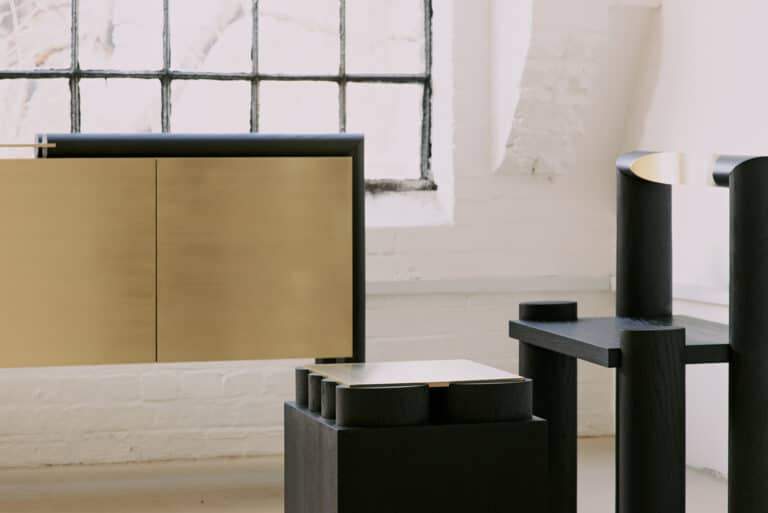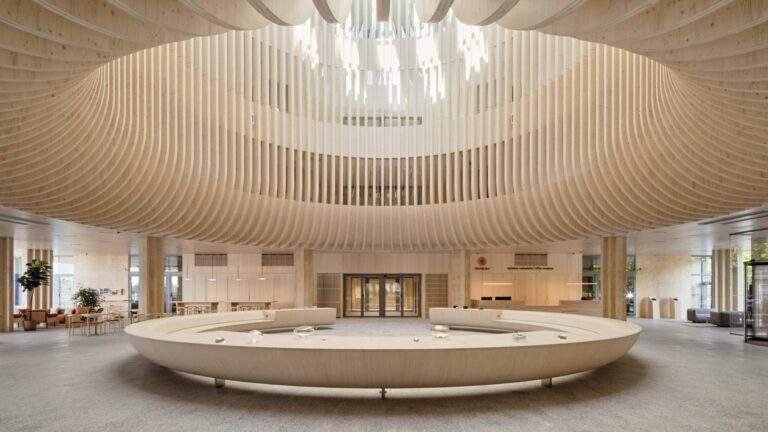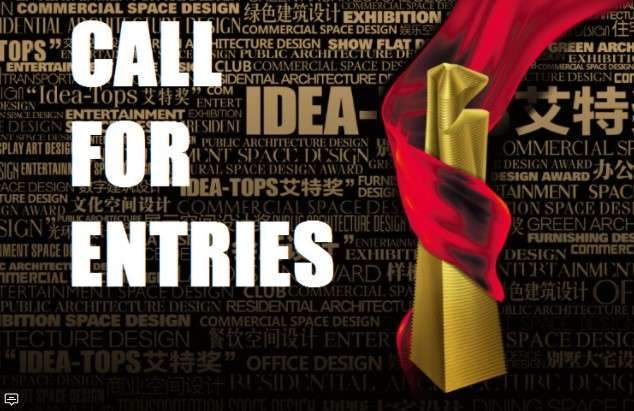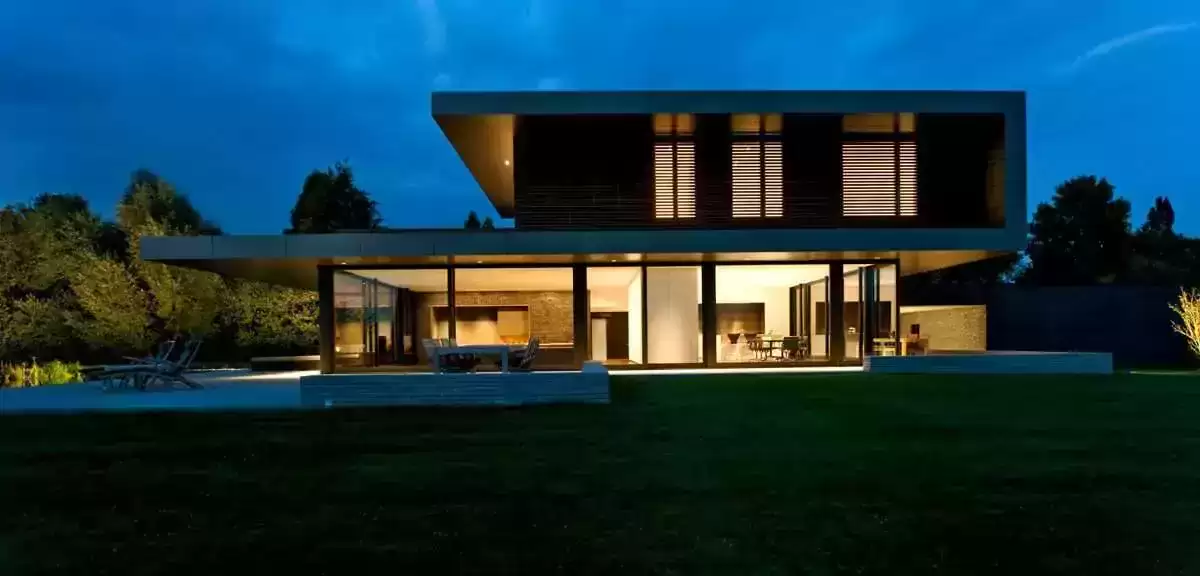Dutch Design Week: A Celebration of Playful and Innovative Creations
Now in its 24th year, Dutch Design Week (DDW) continues to be a hub for creativity, experimentation, and cutting-edge design. With over 2,600 designers showcasing their work across 120 venues in Eindhoven, this annual event remains one of the most exciting platforms to discover playful, thought-provoking, and groundbreaking objects.
This year’s exhibitions paid homage to history and collective memory while pushing the boundaries of innovation. Whether through material exploration, unconventional design techniques, or storytelling, designers brought forth a vibrant mix of nostalgia and modernity. Below are some standout contributions that captured attention at DDW.
Paul Coenen: Blending Industrial Techniques with Art
Eindhoven-based designer Paul Coenen collaborated with BWB Surface Technology, a company known for its expertise in industrial anodizing techniques, particularly in the medical, aviation, and global commerce sectors. Coenen’s work took a new artistic turn by utilizing color anodization with a unique shrink-wrap process, resulting in surfaces that appeared like diffuse, swirling sun prints on cold, architectonic aluminum panels.
The effect was mesmerizing—industrial materials traditionally associated with sterile, functional applications were transformed into objects of visual intrigue. His work blurred the lines between industrial precision and artistic expression, making a compelling statement about how manufacturing technologies can be harnessed for creative purposes.
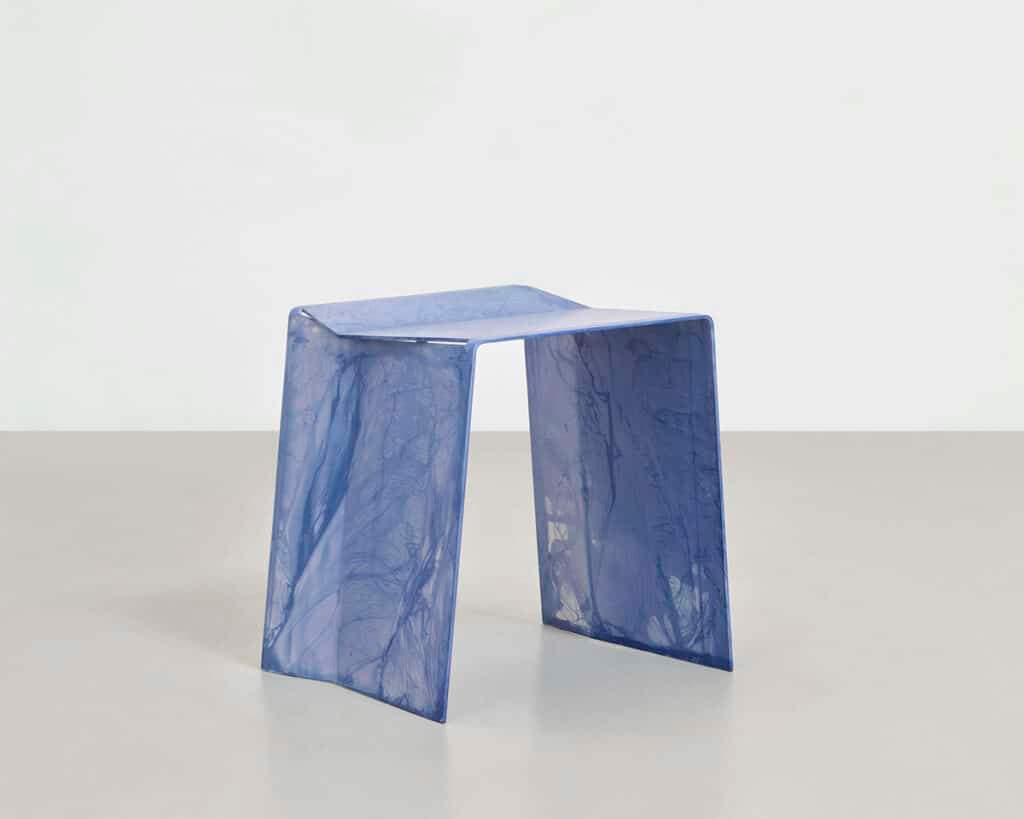
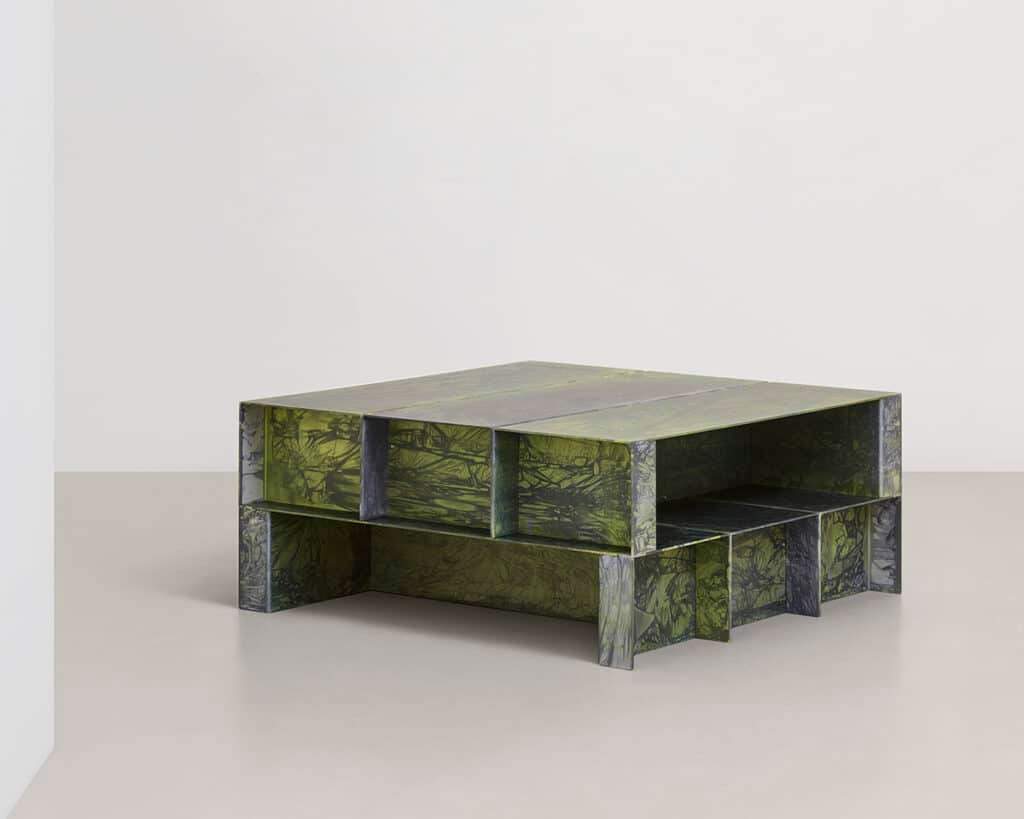
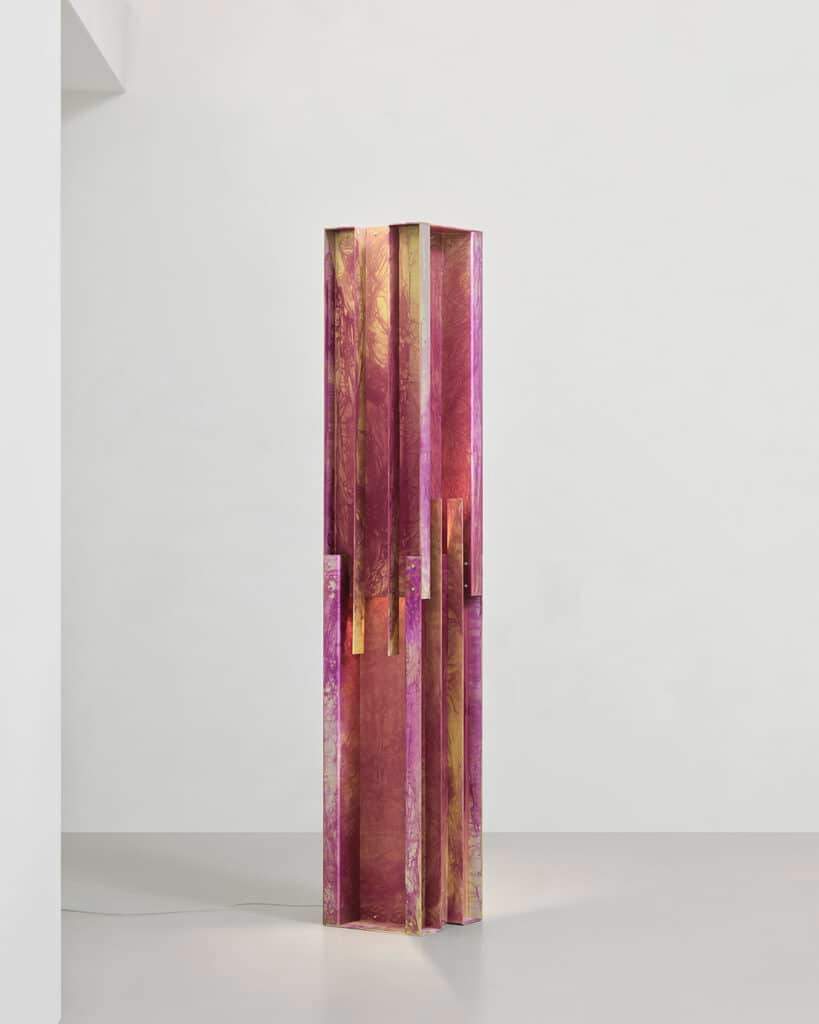
Lisanne Meester: Modular Minimalism in Aluminum
Designer Lisanne Meester introduced her “Core” collection, a series of meticulously crafted aluminum furniture pieces. Inspired by the geometric purity of Donald Judd’s sculptural works, her designs featured rectilinear forms with lacquered core panels that added a distinctive color contrast.
What made this collection remarkable was its versatility—the pieces functioned as stools, side tables, coffee tables, or display units, allowing users to adapt them to different spaces and needs. The minimalist aesthetic, combined with a focus on materiality, showcased Meester’s ability to balance form and function effortlessly.

Show Not Show: A Behind-the-Scenes Look at the Creative Process
At De Kruisruimte, a multidisciplinary cultural center that houses artists, musicians, and designers, an exhibition titled “Show Not Show” invited visitors to step behind the scenes of the design process. Instead of merely displaying finished products, the exhibition highlighted the raw, experimental, and iterative stages of creation.
Among the standout pieces was Frank Pender’s new furniture collection, which drew inspiration from Isamu Noguchi’s iconic sheet metal sculptures. Pender’s work explored natural forms and metal patina techniques from the 1980s, resulting in pieces that felt both industrial and organic.
One of the most eye-catching creations was his “StepSlide”, which reimagined traditional staircases with a playful twist—a sleek, integrated slide at the opposite end of the steps. Meanwhile, his “ONE Rise” chair was sculpted from a single sheet of metal, its dynamic angles and curvature evoking the fluid movement of Futurist sculptures.
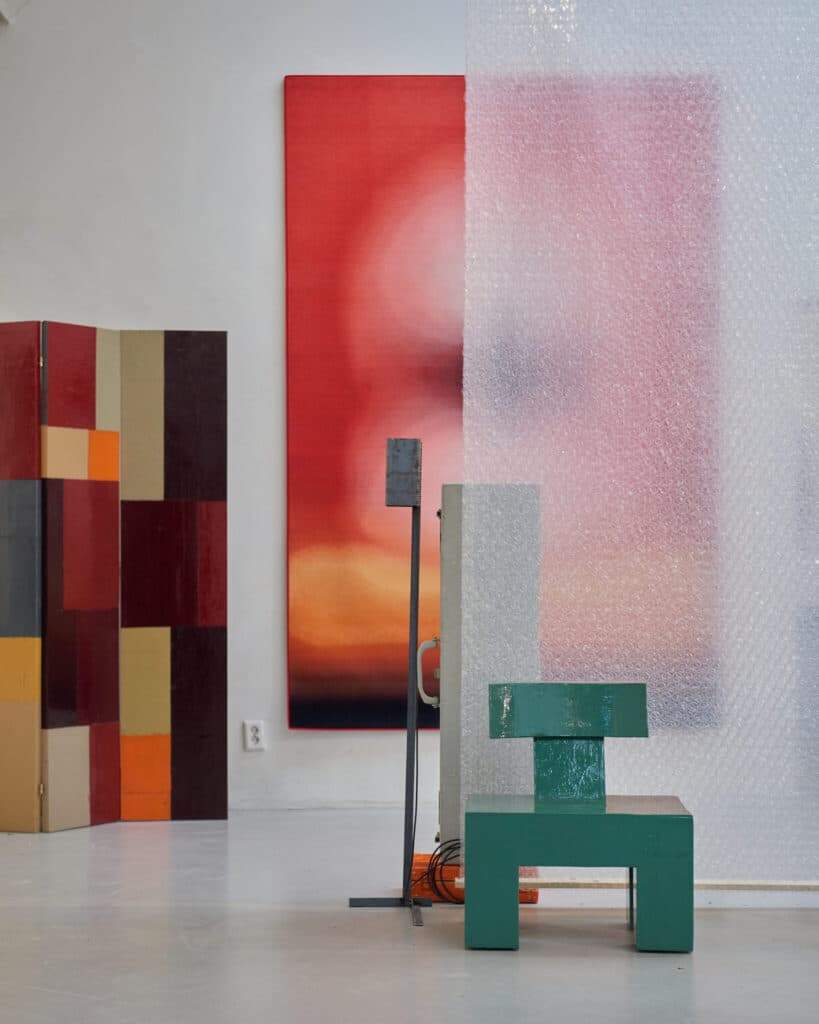

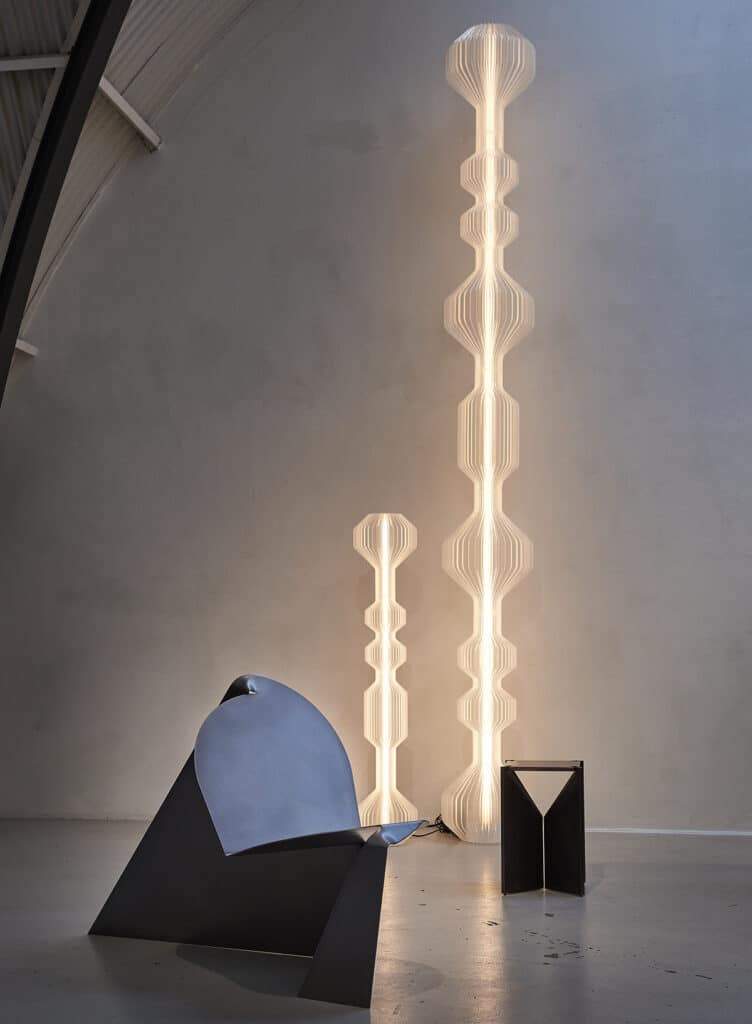
In Search Of: Exploring Memory and the Built Environment
Curated by Jung Pyeori at Albert van Abbehuis, a historic residence once home to the influential Van Abbe family, the exhibition “In Search Of” challenged designers to connect cultural memory with our contemporary built environment.
The exhibition featured an impressive lineup of international designers, including:
- AE Office
- Bureau Parso
- EOB
- Hun Lee
- Myeonga Seo
- Seojun Yun
- Sheyang Li
- Sunhyo Mast
- Teo Rhe
- Walter Mingledorff
One particularly captivating contribution came from AE Office, led by Berlin-based Hee Choi and Myungnyun Kim. Their table-chair and rocking chair designs were inspired by the Zierblende, the decorative panels commonly found on the exteriors of traditional German buildings. Once handcrafted, these elements are now mass-produced and readily available at hardware stores. AE Office reinterpreted this historical craftsmanship by incorporating etched, beveled, and chamfered details in red and white colorways, giving the furniture a charmingly cottagecore aesthetic reminiscent of Hansel and Gretel.
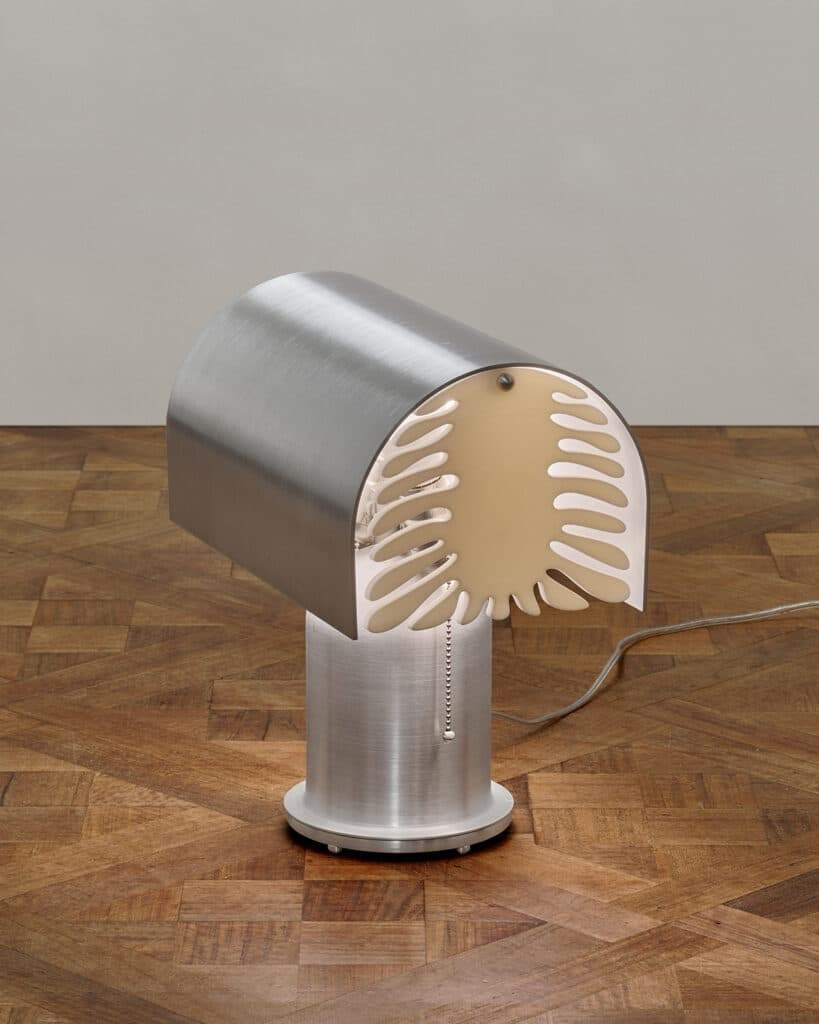


EOB: Blending Contrasts to Create Unexpected Designs
Founded by Ki and Heon in Rotterdam, EOB’s contribution to “In Search Of” was a study in contrasts. Their work combined elements that typically wouldn’t coexist, resulting in designs that were both functional and visually striking.
One of their standout pieces was a minimalist shelving unit, which bore a striking resemblance to a vintage clothing drying rack but was actually inspired by wooden airplane glider wings. Another piece, a stark wooden chair, took inspiration from an overstuffed childhood lounger but resembled a modernist church pew or a set of low lecterns facing each other.
This approach—melding nostalgia with clean, contemporary lines—created a tension between the familiar and the futuristic, making their designs deeply engaging.
Sheyang Li: Sculpting Metal into Fluid Forms
Eindhoven-based designer Sheyang Li took an experimental approach to metalworking, treating molten aluminum, bronze, brass, copper, steel, and silver as if they were soft, malleable materials like clay.
His coffee table and chair designs featured organic, globular forms that appeared as though they had been shaped by hand rather than through industrial processes. The result was a striking juxtaposition between metal’s inherent rigidity and the softness of its final forms, making Li’s work stand out as a bold experiment in material manipulation.
More on ArchUp:
A Dynamic Showcase of Creativity and Innovation
Dutch Design Week 2024 once again proved why it remains one of the most exciting global design events. By celebrating historical craftsmanship, technological advancements, and playful experimentation, the festival provided a platform for designers to push the boundaries of materials, function, and aesthetics.
From Paul Coenen’s industrially anodized surfaces to Lisanne Meester’s minimalist aluminum furniture, and from Frank Pender’s sculptural experiments to AE Office’s reinterpretation of German architectural elements, DDW showcased a diverse range of ideas that inspired and challenged conventional design norms.
Whether exploring the nostalgia of past craftsmanship or innovating with cutting-edge materials, the designers featured this year demonstrated that the intersection of memory, culture, and creativity continues to be a fertile ground for groundbreaking design.


